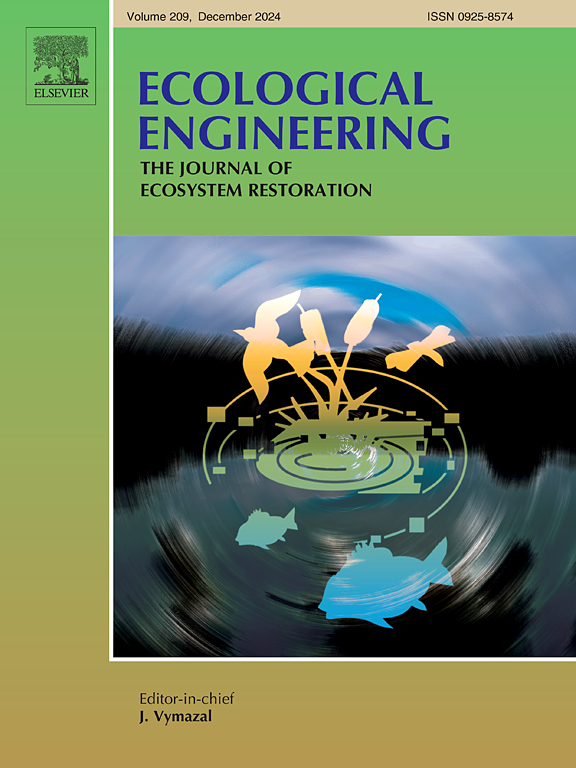Zonal gaming and overall enhancement of ecosystem services: A case from the compound area of mine-city and agriculture-forestry-grass in loess region, China
IF 3.9
2区 环境科学与生态学
Q1 ECOLOGY
引用次数: 0
Abstract
The ecological issues resolution in the loess region and the sustainable development of resource-based areas are critical to human sustainable development. The spatial overlap between ecologically fragile loess areas and resource-based region inevitably intensifies conflicts between economic development and ecological conservation. Research on ecosystem service (ES) can effectively alleviate or resolve such conflicts. The ESs sustainable supply is the foundation, and identifying its status and reasonably predicting its future development trends are important contents. However, existing ES studies need to place greater emphasis on long-term dynamics and spatial heterogeneity. Research on such areas where there is a significant conflict between economic development and ecological protection needs to be further deepened. How to reasonably predict future development needs to be further explored. Here, this study took a typical coal resource-based town with fragile ecology as the study area. Under the long-term time scale and unique spatial scale, this study quantified the supply of six ESs, revealed their trade-offs/synergies, and predicted their future development characteristics to provided strategies for sustainable development of the area as well as sustainable optimization of ES supply. The results revealed that the food supply and water yield in mine-city area were higher than those in agriculture-forestry-grass area, while the soil conservation, carbon sequestration, habitat quality, and windbreak-sand fixation in mine-city area were lower than those in agriculture-forestry-grass area. Trade-offs were mainly observed between provisioning and supporting ESs in mine-city area, while which were mainly observed between provisioning and regulating ESs in agriculture-forestry-grass area. Future development predictions indicated that mine-city area should follow the path of resources-agriculture-ecological scenario, and agriculture-forestry-grass area should follow the path of ecological-agricultural or ecological scenarios. By integrating historical analysis, current assessments, and future scenario planning, this study provided a comprehensive framework for balancing coal economy and ecological protection, offered actionable insights for zoning management and targeting strategies of coordinated regional development.

求助全文
约1分钟内获得全文
求助全文
来源期刊

Ecological Engineering
环境科学-工程:环境
CiteScore
8.00
自引率
5.30%
发文量
293
审稿时长
57 days
期刊介绍:
Ecological engineering has been defined as the design of ecosystems for the mutual benefit of humans and nature. The journal is meant for ecologists who, because of their research interests or occupation, are involved in designing, monitoring, or restoring ecosystems, and can serve as a bridge between ecologists and engineers.
Specific topics covered in the journal include: habitat reconstruction; ecotechnology; synthetic ecology; bioengineering; restoration ecology; ecology conservation; ecosystem rehabilitation; stream and river restoration; reclamation ecology; non-renewable resource conservation. Descriptions of specific applications of ecological engineering are acceptable only when situated within context of adding novelty to current research and emphasizing ecosystem restoration. We do not accept purely descriptive reports on ecosystem structures (such as vegetation surveys), purely physical assessment of materials that can be used for ecological restoration, small-model studies carried out in the laboratory or greenhouse with artificial (waste)water or crop studies, or case studies on conventional wastewater treatment and eutrophication that do not offer an ecosystem restoration approach within the paper.
 求助内容:
求助内容: 应助结果提醒方式:
应助结果提醒方式:


